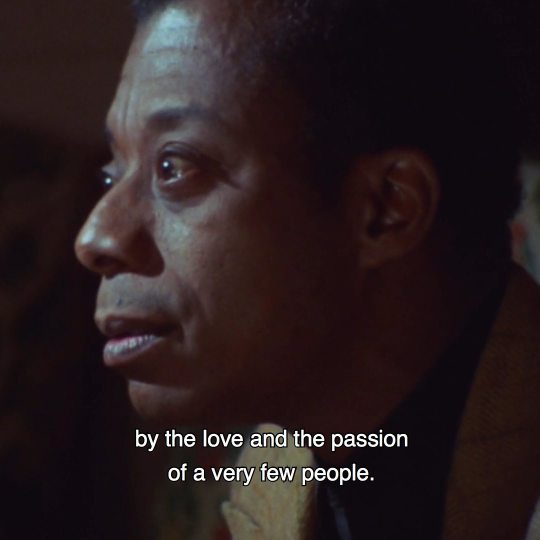Photo

The Unicorn in Captivity (from the Unicorn Tapestries) c 1495–1505
12K notes
·
View notes
Text
People Reading in Osman Hamdi Bey Paintings:

the scholar, 1878

young woman reading, 1880

islamic theologian with koran, 1902

the fountain of life, 1904

a young emir studying, 1905
[Osman Hamdi Bey, 1840-1910, was an Ottoman painter, curator, archaeologist, administrator and intellectual from Istanbul]
6K notes
·
View notes
Text


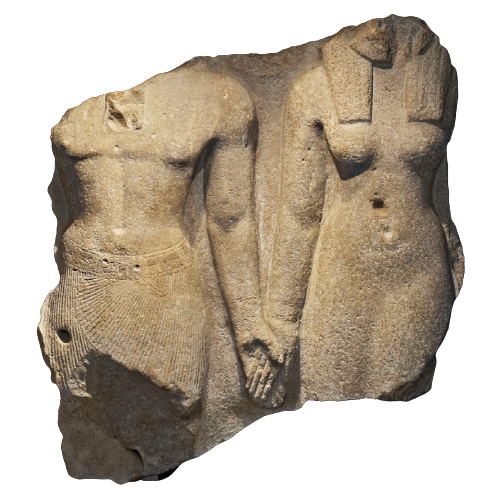

holding hands
raised hands of great finesse, kom ombo temple - egypt // holding hands, persepolis - iran // egyptian colossal of ramesses II and the goddess sekhmet // temple of horus at edfu
62K notes
·
View notes
Photo


Wadjda (2013) - dir. Haifaa Al-Mansour // Saudi Arabia
33K notes
·
View notes
Text

The lovers of Bordeaux
This intimate Gallo-Roman couple was made by Pistillus, a potter who was working in France, 2nd century. The two figures, naked, but partially covered with a blanket, are tenderly entwined. The feet of the couple embracing, a dog curled up sleeping peacefully. On the back of the bed, there is a trademark: PISTILLVS FECIT (Pistillus did). After 2 thousand years nothing has changed! It could be anyone with their family pet.
3K notes
·
View notes
Photo
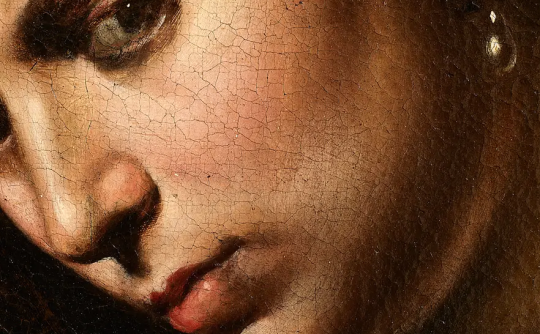
Detail of Caravaggio’s Judith Beheading Holofernes (c. 1607)
9K notes
·
View notes
Text
“When I listen to music gardens open out around me, and the melody becomes a flower I hear with my eyes. Sound has an image, and this image has a sound, which slowly gathers momentum like waves, more far-reaching than a literary metaphor. Carnations leave their flower beds and are distributed on the tables of high-class restaurants to compensate a stranger for some forgotten loss, or make a diner waiting for his companion better prepared to face the uncertainties of their encounter. Nobody stops the narcissus listening for hours to a song of joy in the water and believing it is a song of praise. When white lilies fill a room with their huge, pungent scent, I am confused by my thoughts about them, the opposite of violets, which make me pause where two sounds intersect and dissolve, indistinguishable as the tears shed at weddings and funerals, and the opposite of anemones, which are content with a song on the broad margins, a pastorale on the low mountain slopes. All of this is so I can say: the red rose is visible music, and jasmine is a message of longing from nobody to nobody.”
—Mahmoud Darwīsh, visible music, excerpt: a river dies of thirst
64 notes
·
View notes
Photo
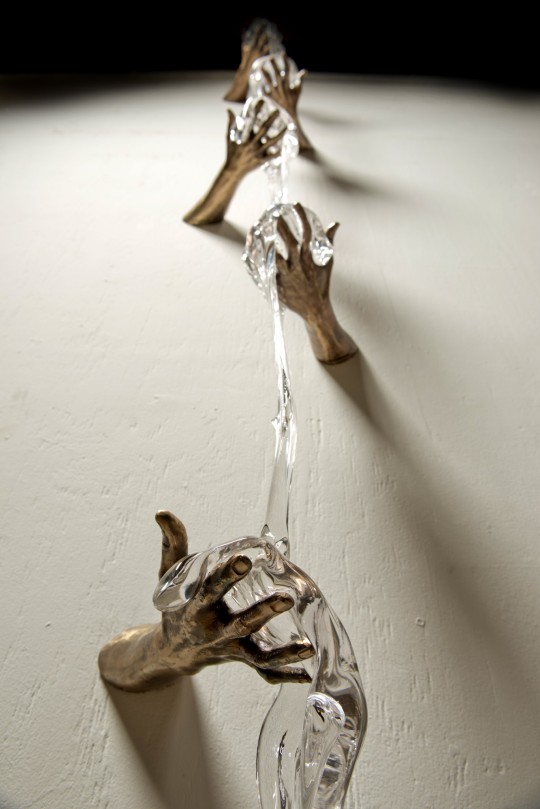

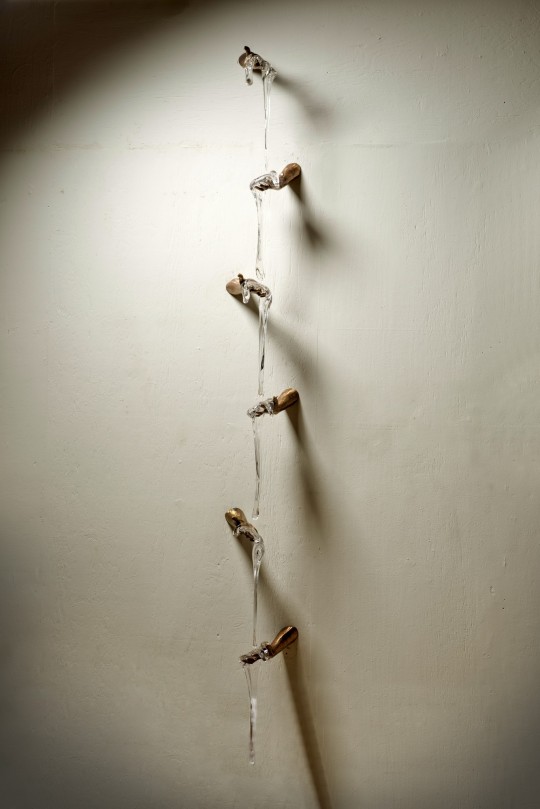
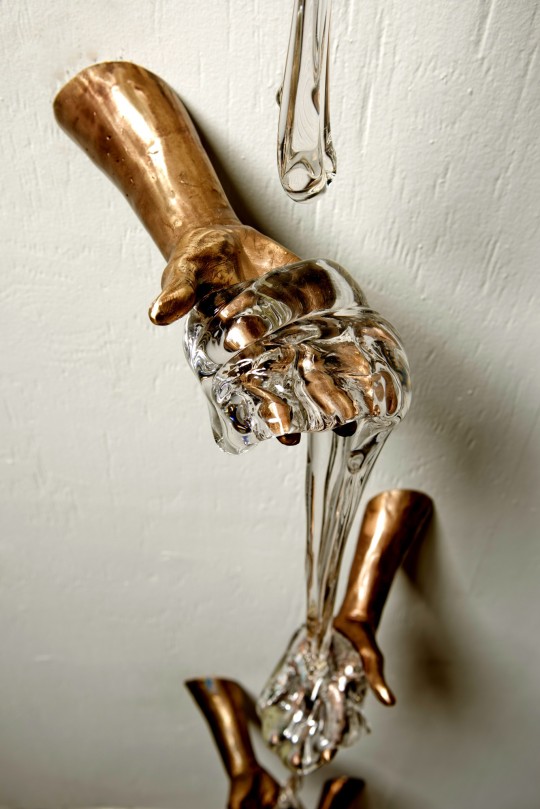


Miles Van Rensselaer (American, b. 1973, Lopatcong, NJ, USA) - Jari Jari Gelas Totem, 2016, Sculptures: Bronze and Glass
51K notes
·
View notes
Photo






Suzanis; a type of textile made mostly in Tajikistan, and parts of Uzbekistan such as Bukhara & Samarkand.
‘Suzani’ name of the exquisite silk mural embroideries comes from Persian “sozan” which means “a needle”. The art of making such textiles in Iran is also called ‘Suzandozi’ (needlework). Tajik & Uzbek Silk Handmade Suzanis gives people an insight into the old culture and tradition of the Ancient Khorasan land. Such works of art were prepared and used for ceremonial events like wedding, fittings for horses and horsemen, and the general embellishment of reception areas. Traditionally this embroidery work began at the birth of a daughter and continued, with the help of family and friends, until the bride’s dowry was complete. The patterns of Suzanis are an expression of women’s mood and fantasies; and not only that…Most of all, Suzanis are the last exponents of an age-old tradition.
13K notes
·
View notes



